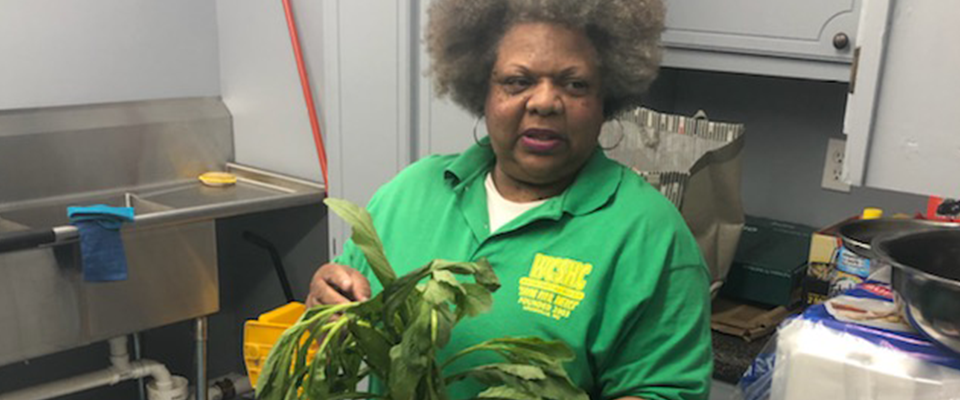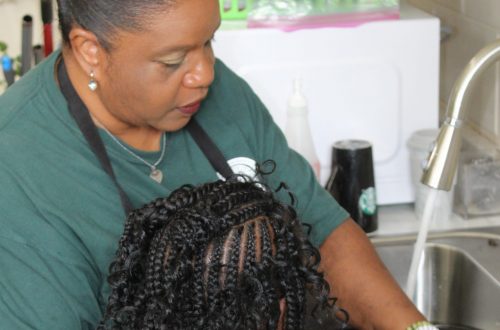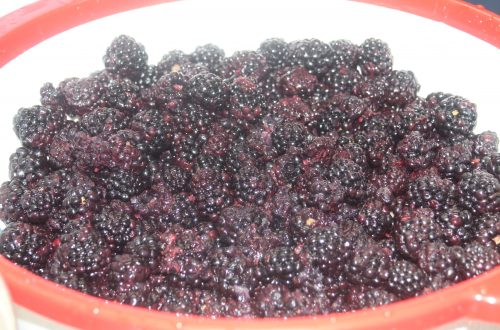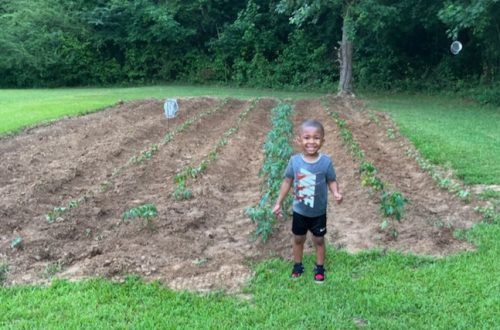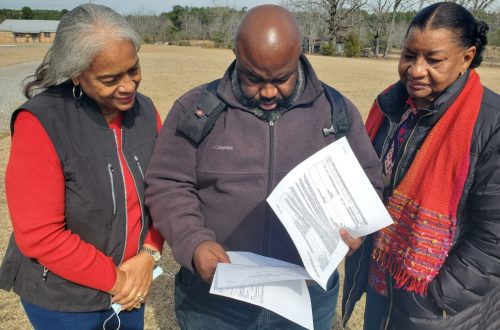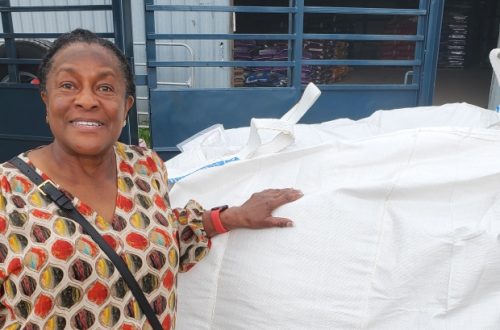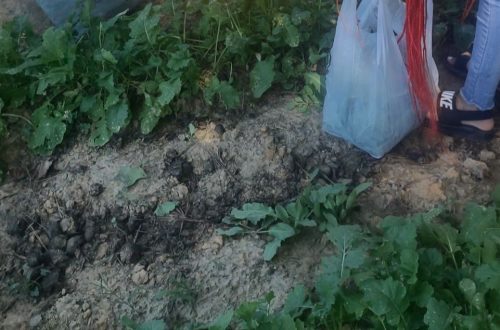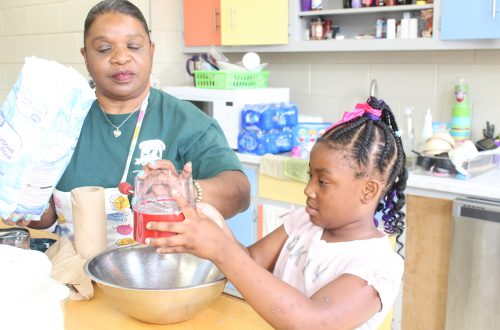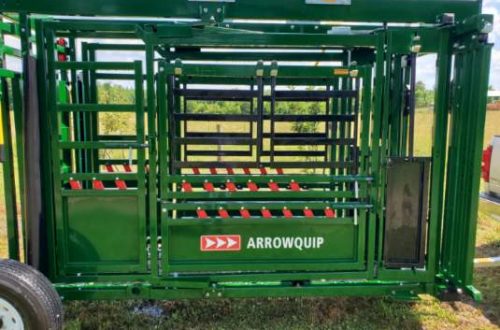Pokeweed, also known as Poke Salad/Sallet, is regarded as a survival food by many southerners. Pokeweed is a perennial weed that can be found anywhere along one’s path. Some common locations include the forest, a driveway, the front porch, along the fence, anywhere. Its leaves are oblong, with magenta stalks and berries at the end of the stem—no worries about running out of Pokeweed because it can grow up to 10 feet tall.
The use of Poke Salad dates back centuries. Due to its toxic nature, Pokeweed was/is used as a detox. According to Miss Yarbrough, “My daddy said, we needed to consume Poke Salad at the beginning of Spring to remove the impurities built up from the Fall and Winter. And again, at the beginning of Fall to remove toxins buildup from Spring and Summer.” According to Carney 2019, many people were without shoes in the 1920s and backward. Without shoes to protect individuals’ feet, many had to walk over animal feces, increasing their risk of attracting worms. Therefore, during those years, Pokeweed was used as an effective de-wormer. In recent years, the Memorial Sloan Kettering Cancer Center cites a report that raw Pokeweed has medicinal properties in curing herpes and HIV.
Unfortunately, there have been no clinical trials to prove the above facts. Despite the lack of studies, Pokeweed is still used as popular folk medicine by many individuals who understand the history of this potent weed. On June 24, 2021, the Winston County Self Help Cooperative hosted a session on proper harvesting and preparing Pokeweed for consumption at the Cooperative’s building. Giving reference to our ancestors who figured out the process. Mr. Cunningham, the session’s facilitator, shared the proper way to prepare Poke Salad with the group. He started with parboiling the product three times. Mr. Cunningham exclaimed to be sure to drain the water in between each parboil. He chopped up onions and prepared bacon.
After the third rinse, he added the Poke Salad to a cast-iron skillet and placed it over the burner on low heat. He continued this process until leaves were tender. He then added the onions, bacon, and seasonings (Tony’s, pepper, and garlic). According to Mr. Cunningham, “To make the Poke Salad complete, add eggs.” As his last step, he added eggs to the skillet. Once the eggs were cooked, the dish was complete. Ms. Yarbrough plated up the Poke Salad for the participants to consume. The author of this article is a newbie to Poke Salad, and she could not wait to taste it. The first taste of the Poke Salad was like falling in love. Indeed, it was a pleasant surprise for the author and participants to consume something so delicious.
The only things missing from the session were cornbread and fried chicken. Suppose you enjoyed reminiscing about Poke Salad while reading this article. If so, please feel free to send in your recipe or memory of Poke Salad. Also, if you have any suggestions for other wild foods to prepare, please feel free to share them with us.
By Tarie Todman
Watch Pokeweed (Poke Salad) the Survival Food Demo Video
https://www.facebook.com/WCSHC1985/videos/241507197419607/
Watch Rose Harris demonstrating how to preserve green beans.
https://youtu.be/JtRqJHLP4kQ
Stay tuned for additional “Survival Foods” segments
Source URL: https://issuu.com/franktaylor3/docs/greensboro_gazette_news_flash_1st_edition_july_202
